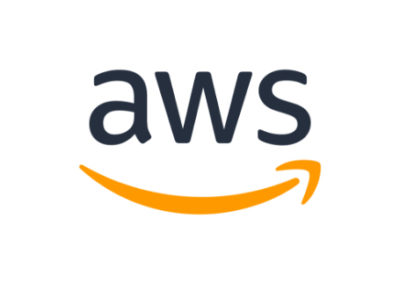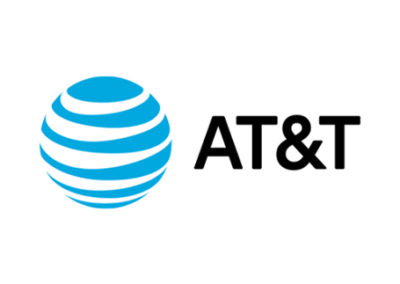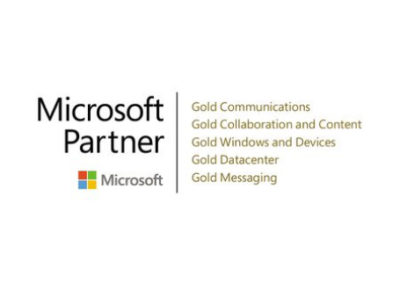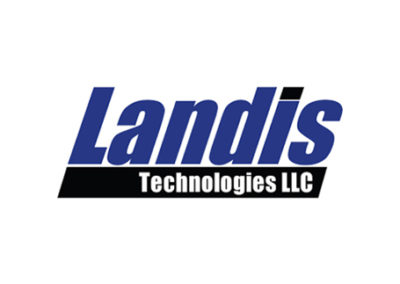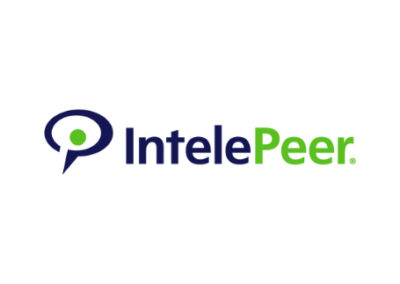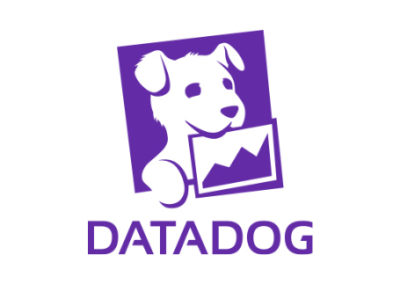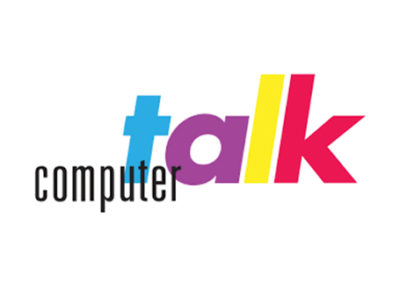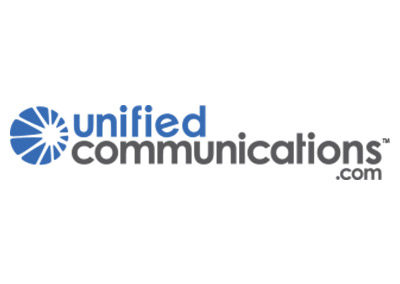
The number of companies adopting the cloud as part of their infrastructure has exploded during the last decade. While cloud platforms offer many advantages, migrating to the cloud also involves many challenges. Overcoming these problems requires a lot of preparation, including a cloud migration checklist, to ensure you don’t overlook any essential items.
Controlling costs such as time, money, and personnel is one of the most important reasons for careful preparation, as overlooking a critical step early in the migration can significantly increase expenses later. Security is also a key consideration when planning a migration since data is typically more vulnerable during this period. Training and vendor lock-in are also strong reasons to develop your cloud migration checklist carefully.
Overview
You need a solid strategy to adopt any new technology for your infrastructure, and the cloud is no exception. Planning your strategy before doing anything is critical to the success of your cloud migration, which includes selecting the right cloud provider for your needs. You also need to estimate the costs of migration, including capital expenditures, employee labor, and downtime. The time required to complete the project is also a critical factor to consider when planning your migration. This process can require several months, depending on the amount of data you need to move and the size of your business.
Many organizations make the mistake of moving everything at once in a single cloud migration. It’s almost always better to use a phased approach, performing the migration in distinct stages. This approach requires you to develop a prioritized cloud migration checklist that allows you to move data in a particular order.
The best practice is usually to move redundant or unessential data first to serve as a test of your migration procedure. This approach minimizes the impact of data becoming corrupted, deleted, or disclosed to unauthorized personnel during the initial migration phases. Testing your migration with non-sensitive data is particularly important for businesses with regulatory requirements for data security.
What do I need to do before I migrate to the cloud?
Develop a checklist of items to complete before beginning your migration. This checklist should include tasks for various categories, such as infrastructure, personnel, and administration. It should also require you to answer essential questions that will determine the course of the migration. You can download our cloud migration checklist here.
Cost Considerations
Cloud management provider RightScale released its 2019 State of the Cloud Report in January, which is a survey on cloud trends for the previous year. This year’s report includes interviews from 786 IT professionals, 94-percent of whom use the cloud in some way. One of the key findings from the 2019 report was that users are wasting 35-percent of the funds they are spending on the cloud.
Moving to the cloud can be expensive, especially when you don’t predict costs beforehand. A cloud-based infrastructure typically saves money in the long-run, although it will also incur additional costs in the short-term. The major capital expenses of cloud migration are labor, especially the cost of making data compatible with a cloud architecture.
The shift from capital expenditures to operating expenditures is one of the major financial benefits of moving to the cloud. Operational expenses for an in-house data center are primarily limited to software administration. Still, other software-related tasks such as updates, maintenance, and troubleshooting also become operational expenses when you turn them over to a managed service provider (MSP) on the cloud. For example, a voice-over-Internet protocol (VoIP) system on the cloud will typically use a unified-communications-as-a-service (UCaaS) solution, which is an operational expense.
Security & Data Encryption
Security is usually the greatest barrier to migrating to the cloud, as is often the case when adopting any new technology. Using a cloud platform involves allowing another party to manage your data, which makes it vital to ensure that the party is trustworthy. In particular, you need to understand your cloud provider’s security practices, including the methods it uses to encrypt your data, the physical location of the data, and the data security regulations with which the provider complies.
Vendor Lock-in
Vendor lock-in is a phenomenon that occurs when a customer becomes dependent on a single vendor for a product or service due to the cost and inconvenience of switching vendors. It’s a particular problem for cloud users since the process of moving data to another platform is expensive and time-consuming. Even when the current provider isn’t the best fit, it’s critical to analyze your reasons for moving to the cloud to ensure your provider can best help you meet those goals. You also need to carefully review a provider’s service-level agreement (SLA) before making any commitments, which should explain what will happen if you decide to stop using that provider’s services.
Essential Training
New technology generally requires workers to receive additional training. While some of them will be able to pick up the necessary skills on their own, you can’t assume this will be true of everyone. Take the time needed to get everyone up to speed on your cloud platform before they start using it, including any solutions that it will integrate into existing applications. This practice will save you a lot of trouble in the long-run as opposed to simply presenting the new solution to your employees and expecting them to embrace it.
T2M is a cloud migration partner that specializes in migrating critical applications from an onsite data center to the cloud. We provide the expertise in systems integration and ongoing support needed to help you fully realize the benefits of a cloud infrastructure. We have also earned a reputation for forming relationships that grow stronger when we consistently meet our clients’ challenges with our product-agnostic approach and innovation. Download our checklist today to get started with your cloud migration. You can also contact us to learn more about how we can help you migrate to the cloud.
Key Takeaways
A successful cloud migration requires careful planning before taking any other action, including a checklist of tasks to complete in the following areas:
- Cost
- Security
- Vendors
- Training
Your cloud migration checklist should also include critical questions that you’ll need to answer when planning your migration.
